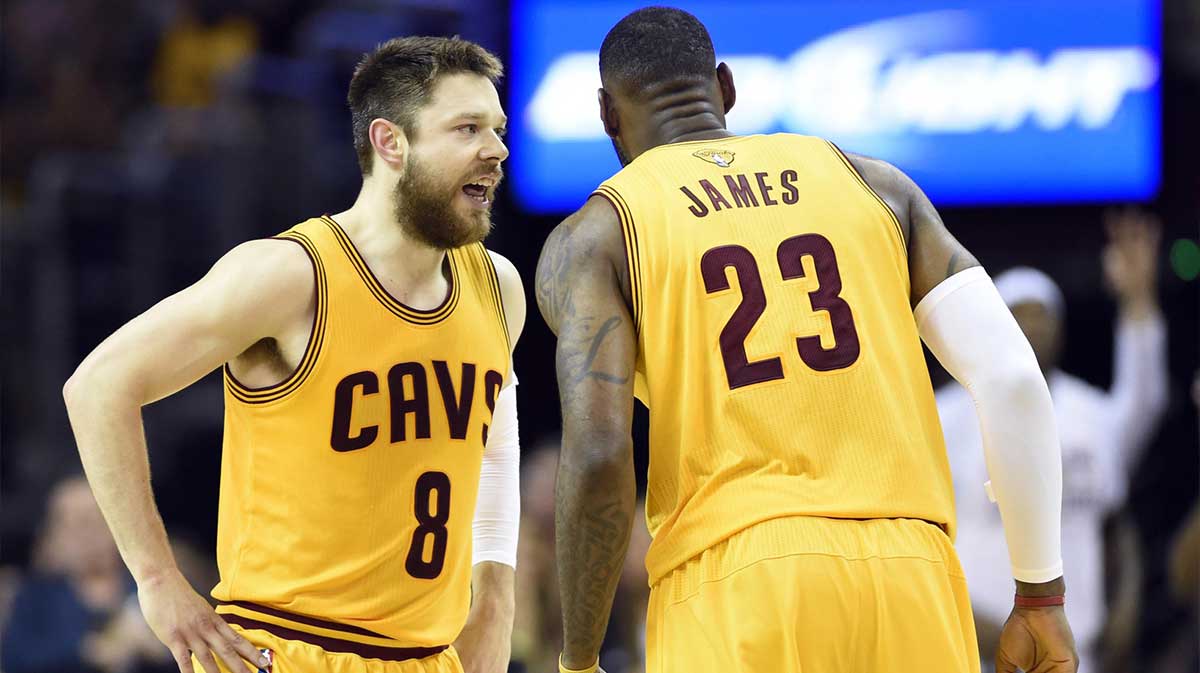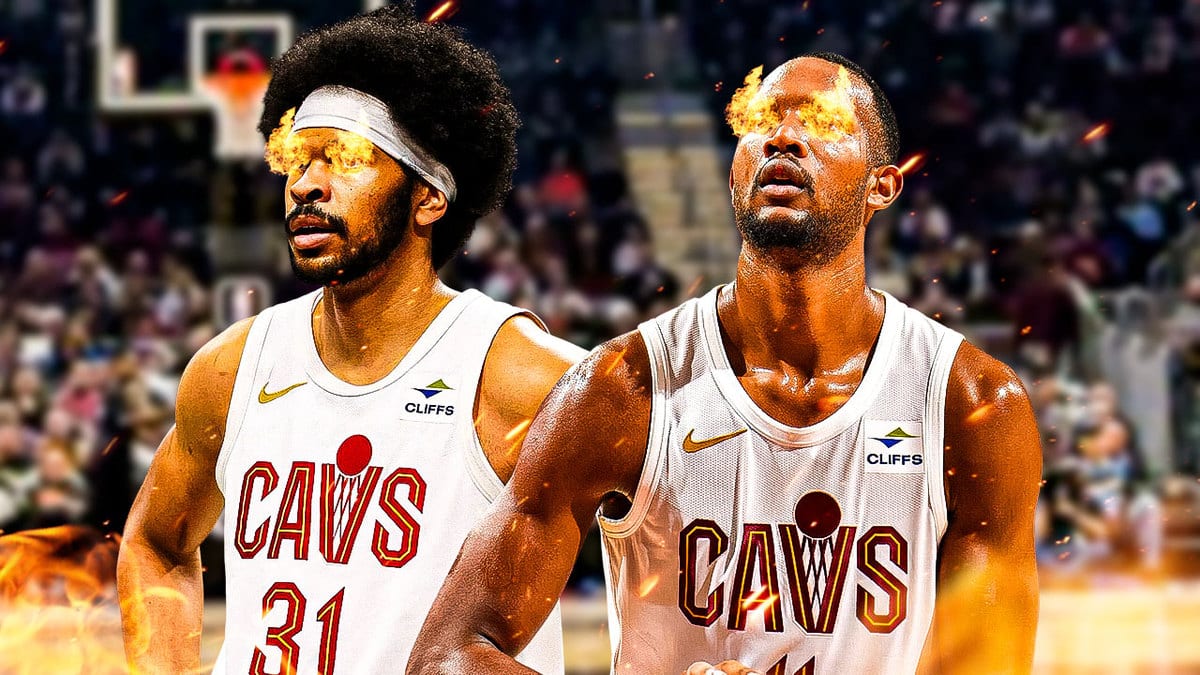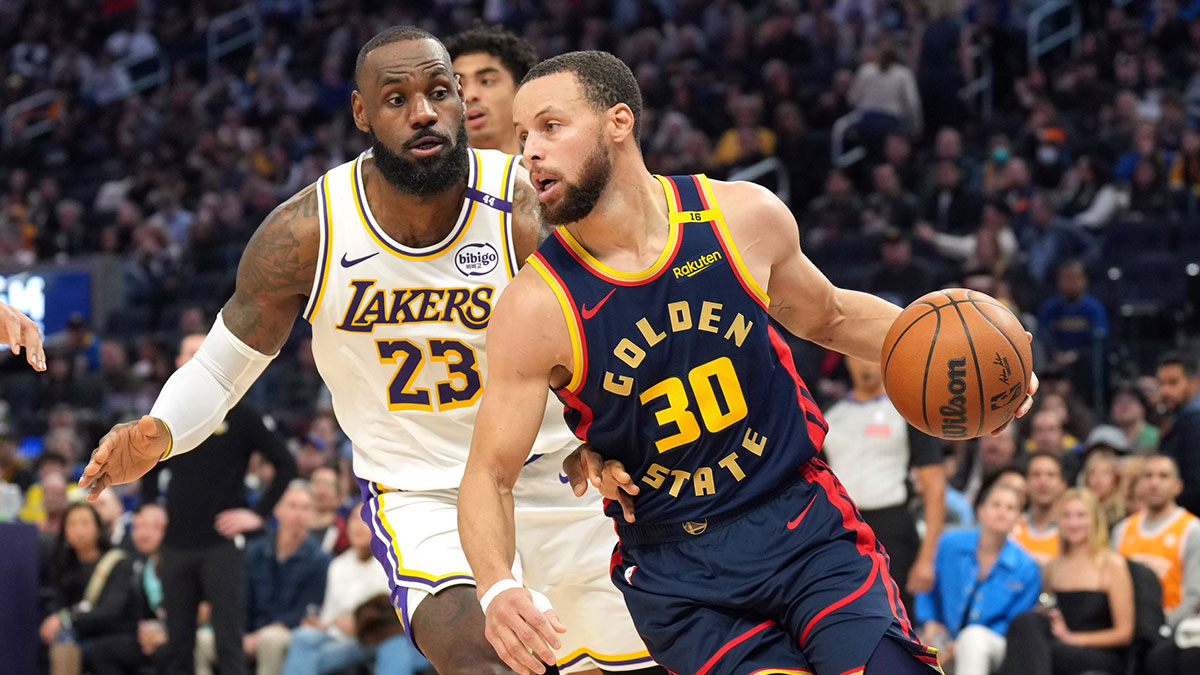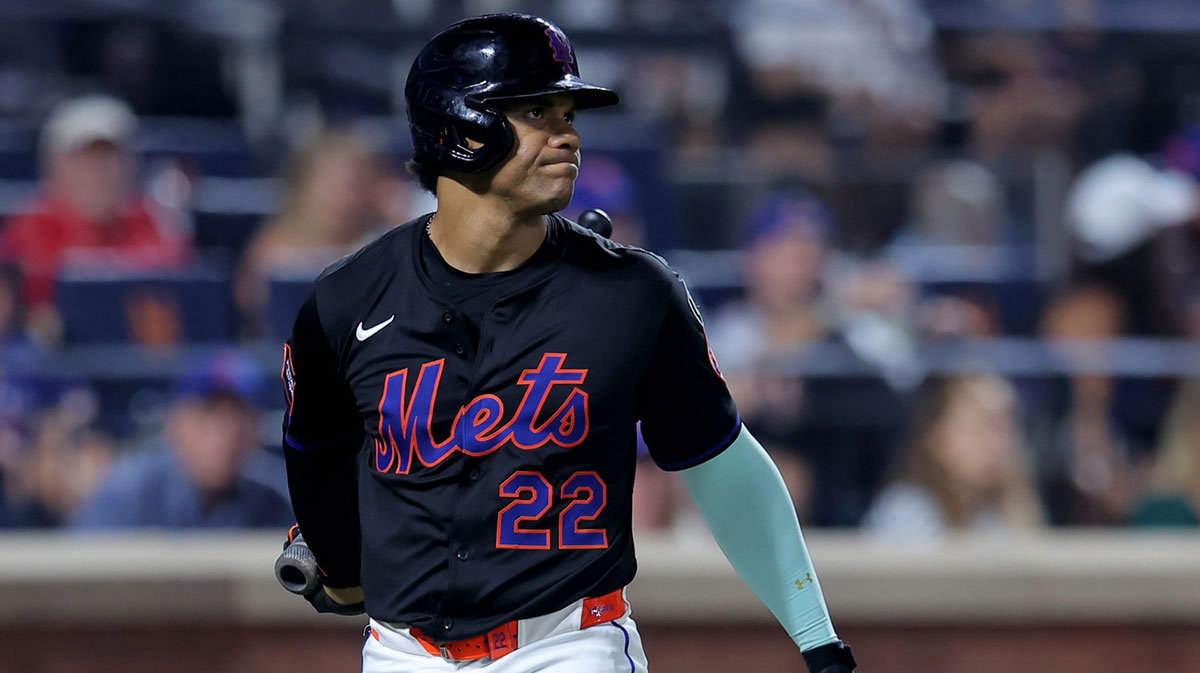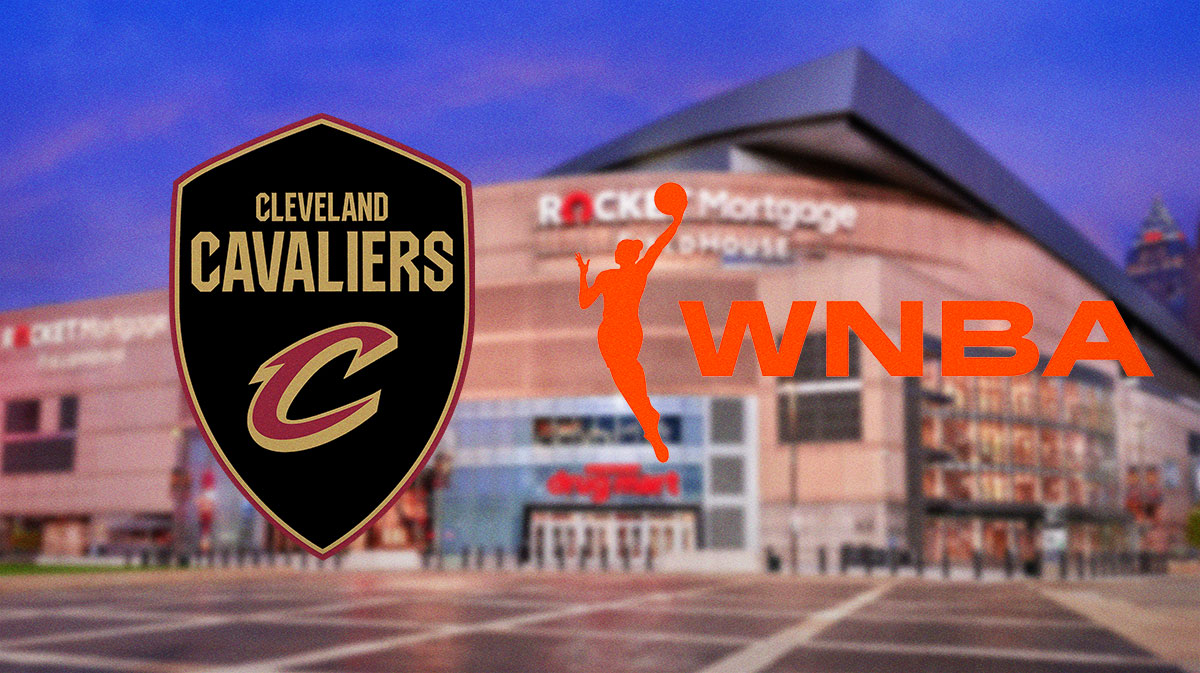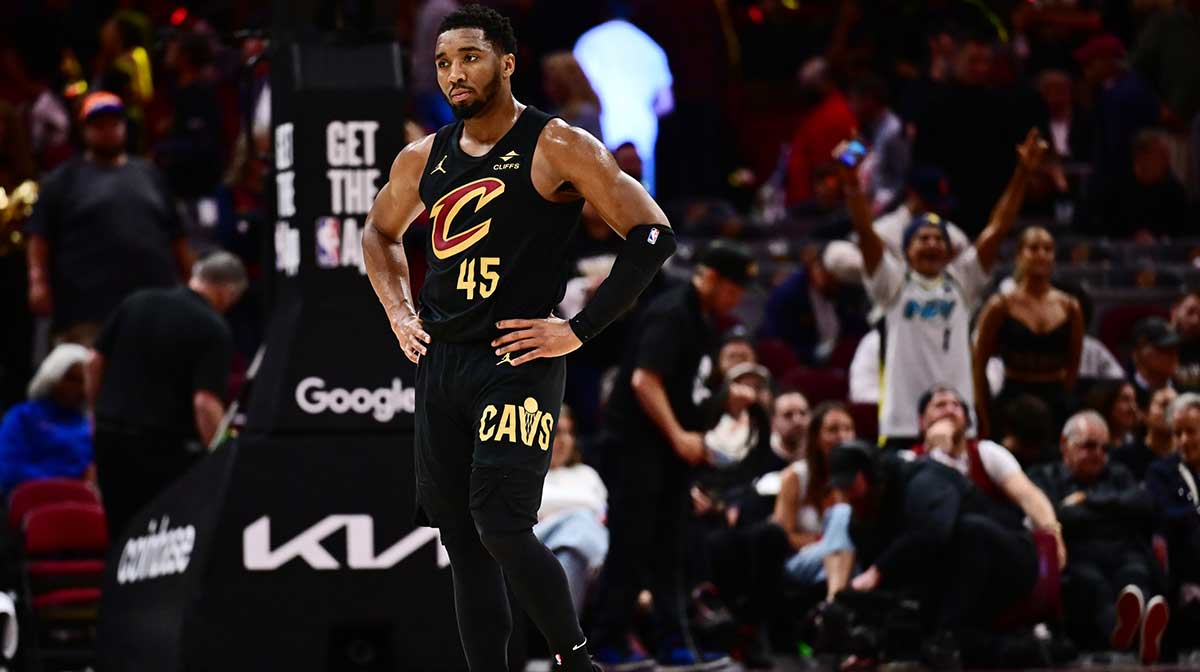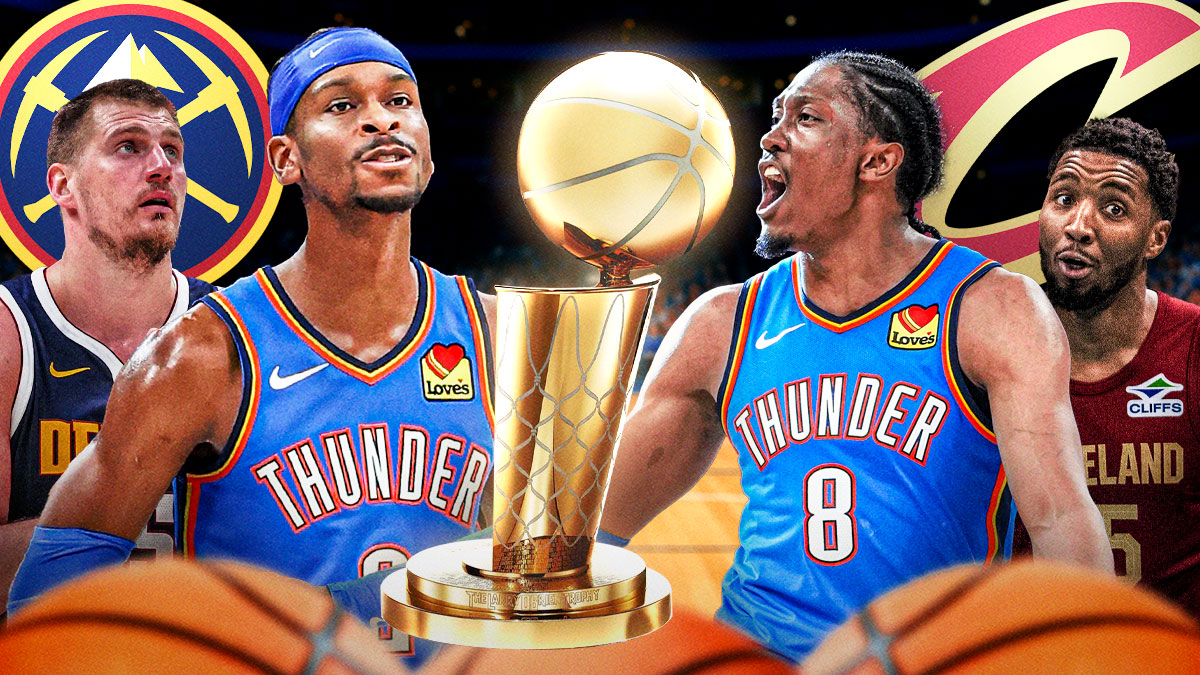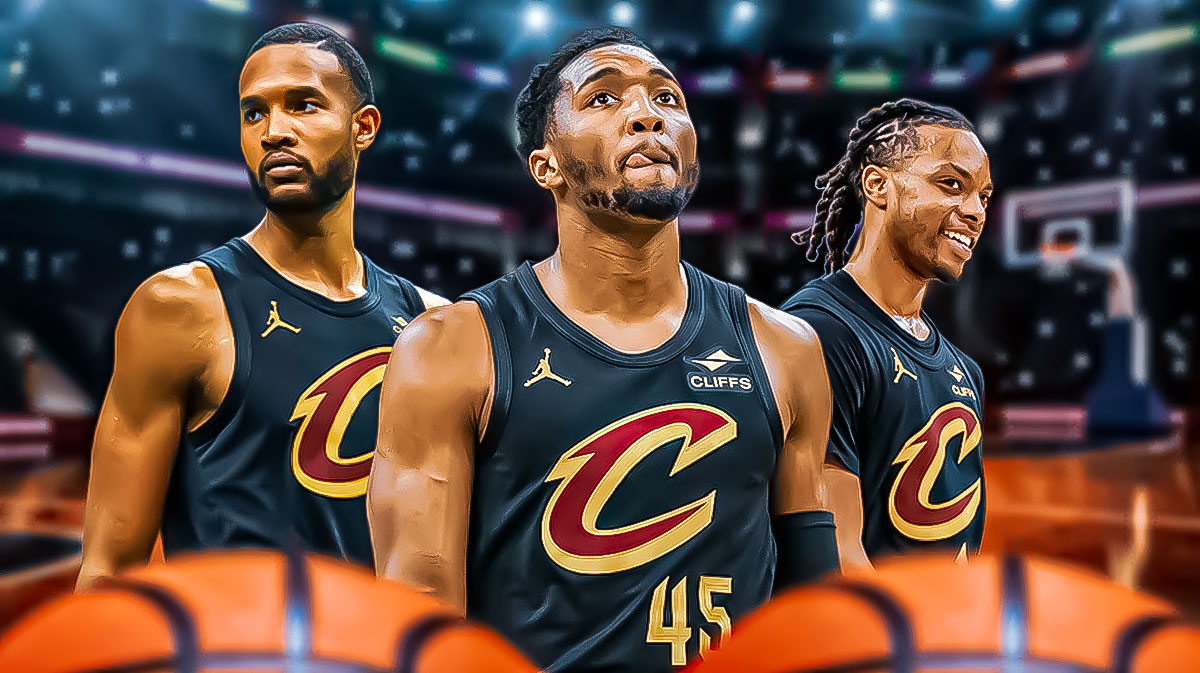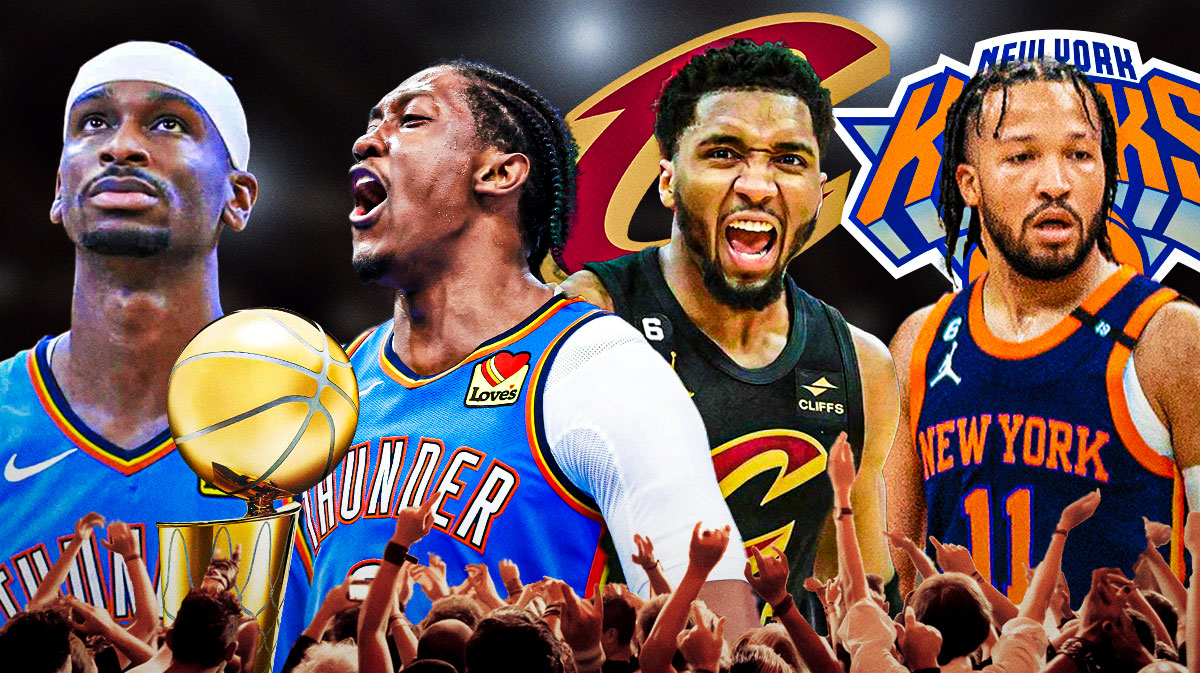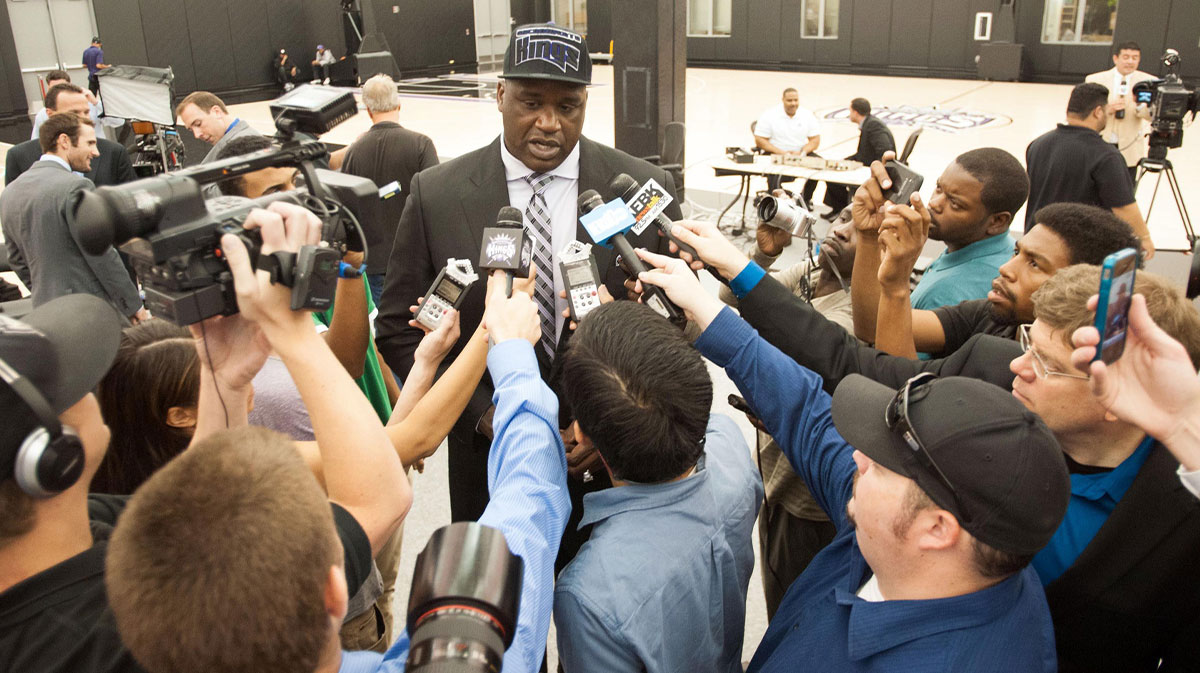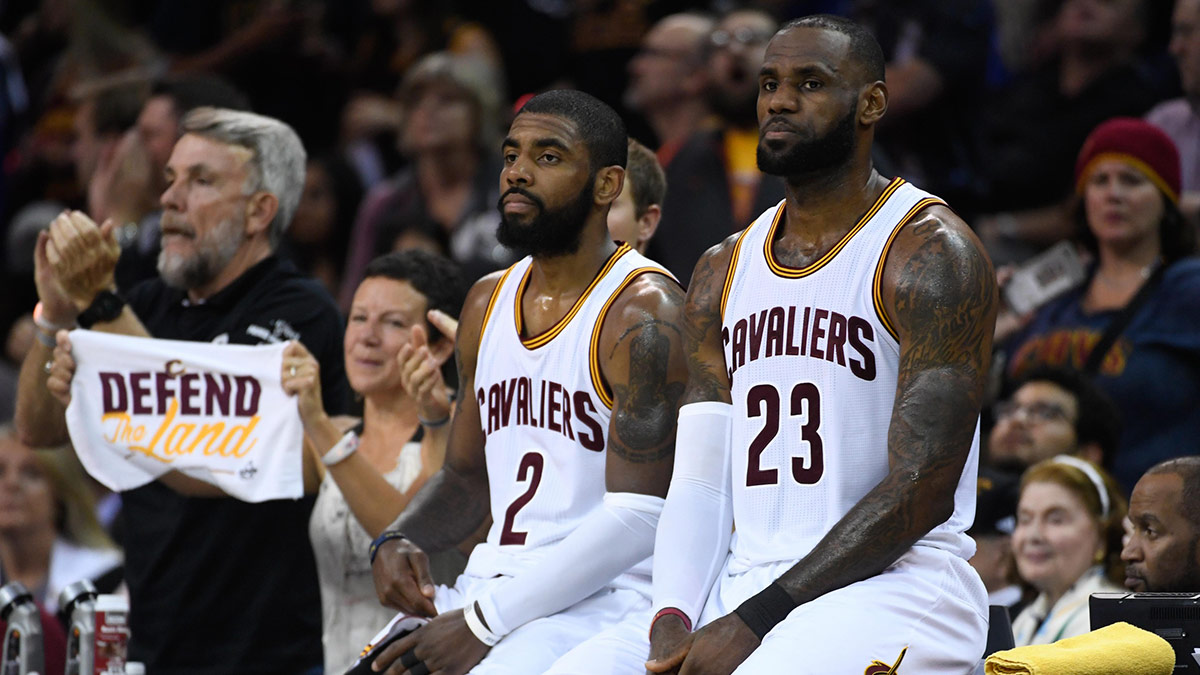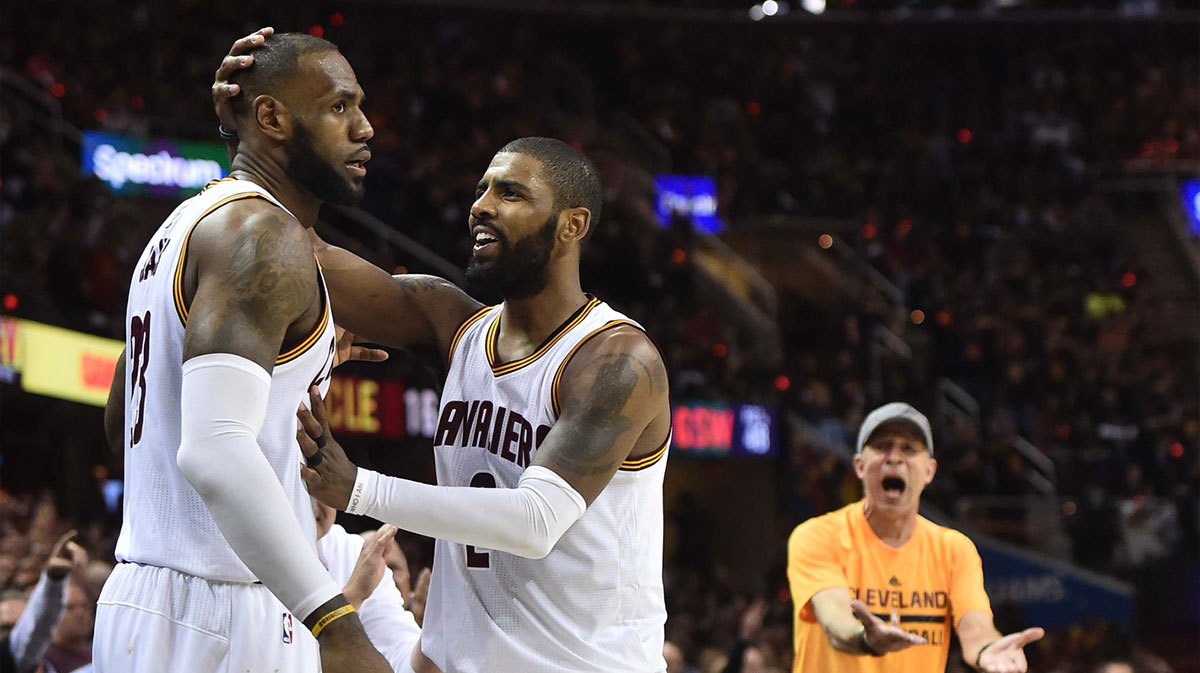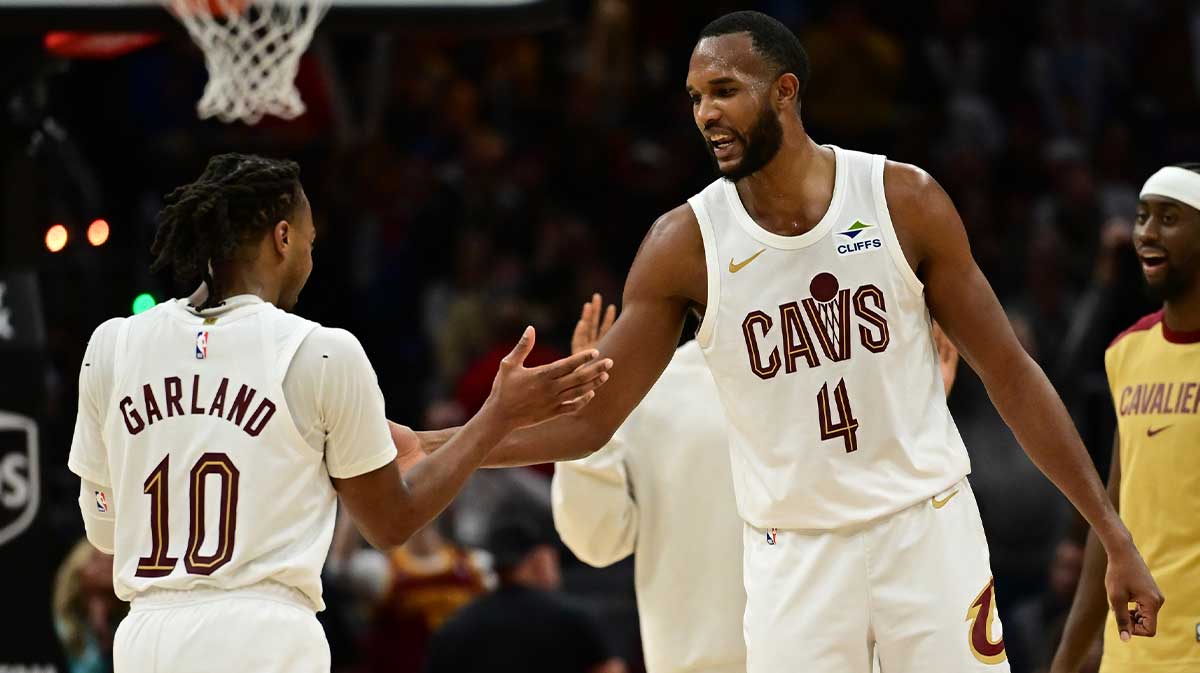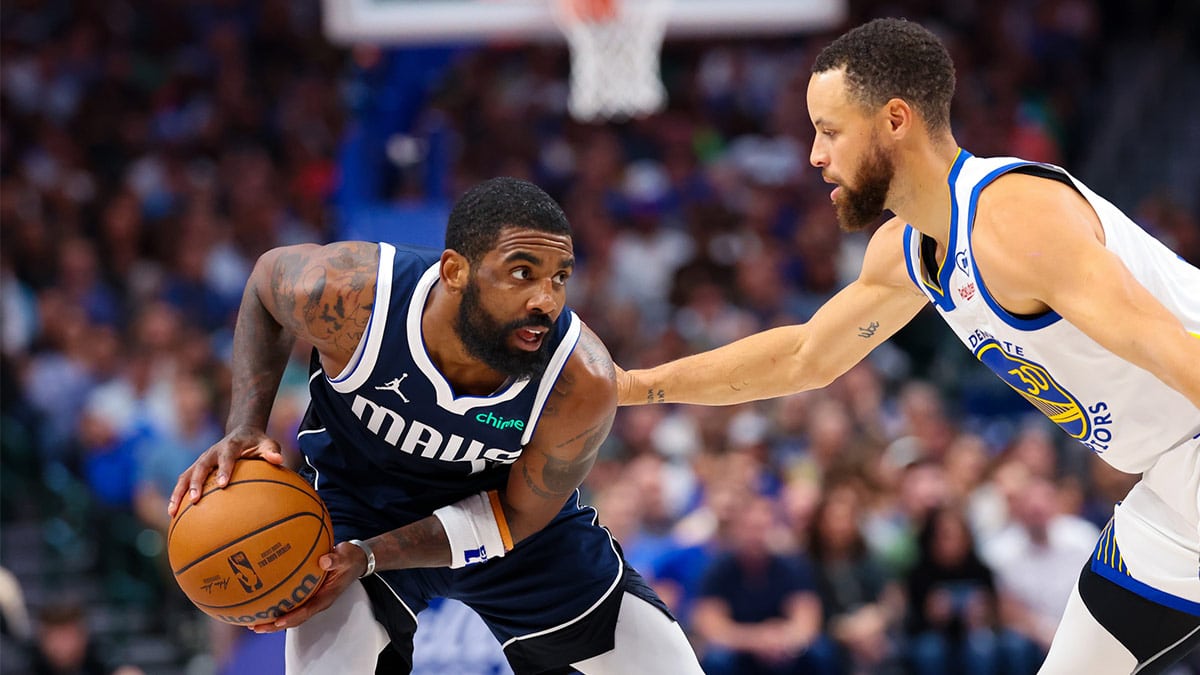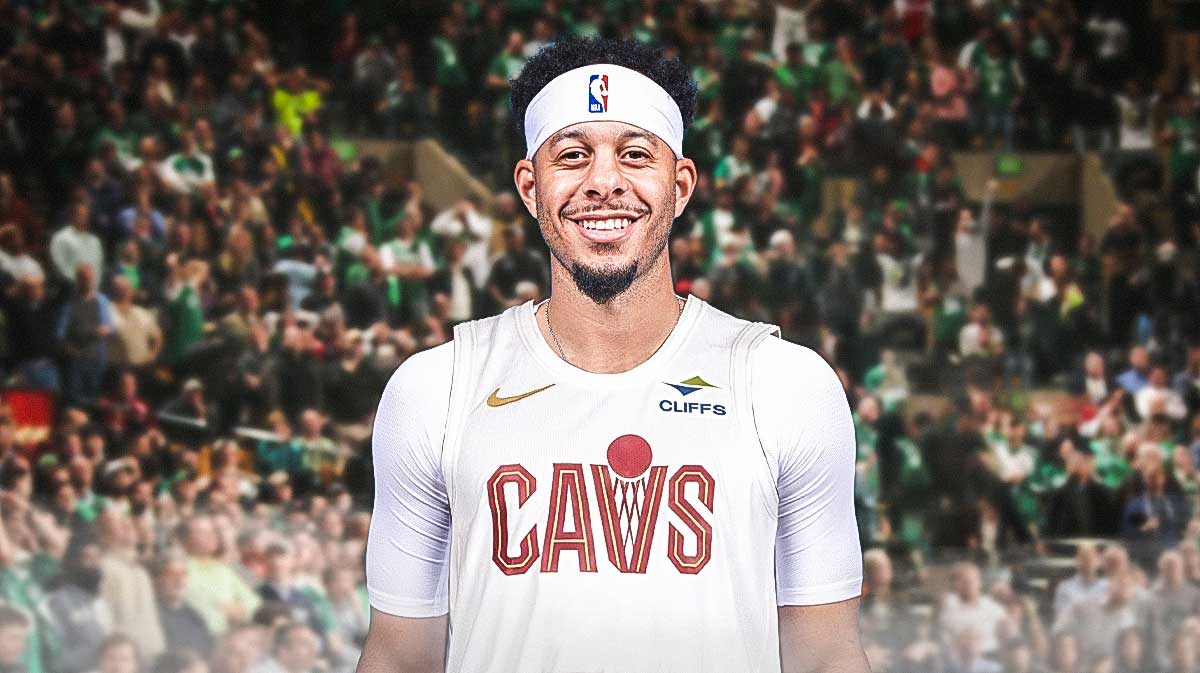The Cleveland Cavaliers are heading into the NBA Draft with the possibility that LeBron James may not be coming back for the 2018-19 season. The thought of losing the team’s franchise leader in points, rebounds, assists and just about every relevant category, seems imminent, but their selection process in Thursday’s NBA Draft should not be any different even with that idea lingering in the front office’s collective heads.
The Cavs have the eighth overall pick from which they can select the best possible talent who can make an impact on their team with or without James. Considered one of the deepest drafts in recent years, the Wine and Gold could presumably pick a franchise-type player despite not selecting from the top three picks.
Gone will be DeAndre Ayton, Marvin Bagley, Luka Doncic, Jaren Jackson Jr. and Mohamed Bamba by the time the Cavs make their pick. The next three picks are harder to determine. In fact, Doncic, depending on how scouts and general managers project his value to their team, may even land at the number six spot. He is such a mystery as to where he will land despite everything we know about him from his play overseas. The same could be said about Bamba as well.

In case any of the trio of Doncic, Jackson or Bamba are still available at number eight, Cleveland would do well not to pass up on any of them. If not, here are five draft options for the Cavaliers to choose from.
5. Collin Sexton, Alabama – Point Guard
2017-18 Collegiate averages: 19.3 points, 3.8 rebounds, 3.6 assists
Height: 6-foot-3
Collin Sexton is an explosive point guard with the speed and leaping ability to get his shot off against almost any defender. Some have likened him to Russell Westbrook and Kemba Walker. If he has a career anywhere close to either of these two players, the Cavs would have had a successful 2018 NBA Draft for sure.
https://www.youtube.com/watch?v=iXVv5JU9jDg
The knock on Sexton is his ability to create for his teammates. His 3.6 assists average doesn’t bode well for a playmaker especially since he can easily get by his defender and create scoring opportunities for others. Perhaps it’s just the quality of his teammates in college.
The Alabama star is similar to the Cavs’ former point guard, Kyrie Irving, whose scoring talents cannot be denied, like a shooting guard in a point guard’s body. Sexton is aggressive and competitive, qualities that could make him a potential star right off the bat.
4. Mikal Bridges, Villanova – Shooting Guard / Small Forward
2017-18 Collegiate averages: 17.6 points, 5.3 rebounds, 1.9 assists, 1.1 blocks, 1.5 steals, 43.5% 3-point FG
Height: 6-foot-7
Other than the top three picks in the draft, Mikal Bridges may be the readiest college player to play professional basketball and contribute immediately to whichever team drafts him. He shot 43.5 percent from 3-point range and played excellent defense on his opponents, helping lead Villanova to the national title in his junior year.
https://www.youtube.com/watch?v=lWsl1KGQ-do
There’s probably no better catch-and-shoot player than Bridges who figures to be a scoring threat in the league for years to come. The fact that he is a defensive demon with a 7-foot-2 wingspan only adds to his value.
The Ringer’s Jonathan Tjarks was raving about Bridges way before the college season ended with Villanova’s championship. Here’s Tjarks’ take on the stud’s abilities when he becomes a pro.
“Three-and-D players, particularly ones with size and elite shooting ability, are hard to find,” Tjarks says. “There are only nine players in the NBA this season with wingspans longer than 7 feet who are shooting better than 40 percent from 3 on more than two attempts per game. Most are stretch big men. The only perimeter players are Otto Porter Jr. and Kevin Durant. The old rule was that big men always rise in the draft because quality 7-footers are so hard to find. The league-wide move toward small ball has flipped that dynamic on its head. Most teams have more centers than they can use, and no one has enough wings.”

If selected at the eighth spot in the NBA Draft, the Cavs receive a player who can be a starter immediately, either as a shooting guard or as a small forward. If James returns to the Cavs, he could supplant J.R. Smith as a starter on opening night or they could ease him in later in the season. Without James, Bridges could play the small forward position in his place.
3. Trae Young, Oklahoma – Point Guard
2017-18 Collegiate averages: 27.4 points, 3.9 rebounds, 8.7 assists, 1.7 steals, 36% 3-point FG
Height: 6-foot-2
A dynamic point guard in the mold of the Golden State Warriors’ Stephen Curry, Trae Young was a surprise star in college basketball in his one-and-done collegiate career. Though defenses eventually caught up to his style of play later in the season, Young is no doubt a talent that teams cannot simply pass up on for long.
https://www.youtube.com/watch?v=BoNvODOQnCs
The Oklahoma product has NBA range on his shot, a player who can extend a team’s defense similar to the aforementioned Curry. Though it’s hard to envision him becoming as good or better than the two-time MVP, Young has the makings of an All-Star playmaker in a couple of years.
History was made in his lone season with the Sooners as he led the nation in scoring (27.4) and assists (8.8), the first Division I player to accomplish the feat. In comparison, only Hall-of-Famer Nate “Tiny” Archibald was able to lead the NBA in scoring and assists in the same season.
If the Cavs want to secure their point guard spot for the foreseeable future, Young is their man. He will take over the playmaking duties for the ballclub with or without James in the lineup. After Irving left, the team was lacking in consistent scoring from the point guard position but Young will not be shy in jacking up shots from anywhere on the floor.

2. Wendell Carter Jr., Duke – Power Forward / Center
207-18 Collegiate averages: 13.5 points, 9.1 rebounds, 2.0 assists, 2.1 blocks
Height: 6-foot-10
There are those who believe that Wendell Carter may be the better NBA player from among the two Duke players. Bagley is more famous due to better statistics and the fact that he won ACC Player of the Year as a college freshman. Carter, however, may have the more NBA-ready body and the defensive tools that will ensure that he is more productive right away.
Kevin O’Connor of The Ringer believes that Carter is the better prospect of the two. When he asked around, some executives believed the same way he does about the Duke frontcourt partners.
Here’s O’Connor’s take on Carter on the defensive end of the floor where he has an advantage over his more celebrated former teammate:
“Carter’s defense gives him a strong foundation to build on. At 6-foot-10 with a 7-foot-4.5 wingspan and 251-pound frame, he has ideal physical measurements for a big man. He’s both beefy and long, yet also nimble and smart. Carter, who considered committing to Harvard before deciding on Duke, unsurprisingly knows when and where to be on the floor, and it shows in his understanding of angles and timing. He knows how to contest shots using his long arms, and how to do it without fouling. His pick-and-roll defensive technique needs to come a long way; he stands too upright, so speedy college guards blew by him. But when he moves laterally on the balls of his feet, he looks like a potential Al Horford–type defender.
Much like Horford, Carter is strong and big enough to handle the rigors of defending the post. Carter needs to get into a lower stance on the interior, but that’s a minor tweak, not an overhaul. In the age of positionless basketball, we so often focus on a big man’s ability to defend the perimeter, which is indeed critical. But they still need to excel at defending their counterparts. The Joel Embiid, Karl-Anthony Towns, and Anthony Davis types could someday be the bigs who need to be beaten to advance to the NBA Finals. The Hamptons Five Warriors won’t last forever.”

On the offensive end, Carter has great touch inside, utilizing a hook shot with either hand. He’s also one of the best passing big men in this draft so he will be valuable to a team that would sometimes want to run their offense through their forwards rather than their guards.
It’s unlikely that Carter will be selected over Bagley in the upcoming draft so there’s a chance that the Cavs will land the former with the number eight pick. If he’s available, it would be hard to pass up on a quality big like Carter.
1. Michael Porter Jr., Missouri – Small Forward
2017-18 Collegiate averages: 10.0 points, 6.7 rebounds, 0.3 assists, 1.0 steals
Height: 6-foot-10
The highly-coveted player was rarely seen on the college hardwood after he suffered a back injury in his first game for Missouri. Michael Porter Jr. came back five months later after surgery but he was never quite the same.
It is difficult, after all, to return from a back injury and be expected to contribute immediately to a team’s cause. Just ask NBA veteran and Hall of Famer Tracy McGrady whose own back problems caused him to miss several games throughout his career.
Though his college career may have been a waste, many believe that he will justify being last year’s top recruit in college basketball with more time to heal. Had it not been for the injury, Porter could very well be the consensus top pick in the draft. As it is, the Cavs now have the chance to draft him with their first round.
What is undeniable about Porter’s talent is his ability to shoot the ball from the outside and his scoring ability. For someone with his length, Porter’s excellent shooting makes him an intriguing prospect. In his senior year in high school, he averaged 37.0 points per game with a high of 52 in 2016-17. If he averages anywhere from 20-22 points in the league, he could be the steal of the draft even as a lottery pick.
Porter is your typical high-risk / high-reward player in the lottery but his upside is such that the Cavs would dare not pass him up this late into the NBA Draft if he’s available.


